10 Steps to a Successful Social Media Strategy
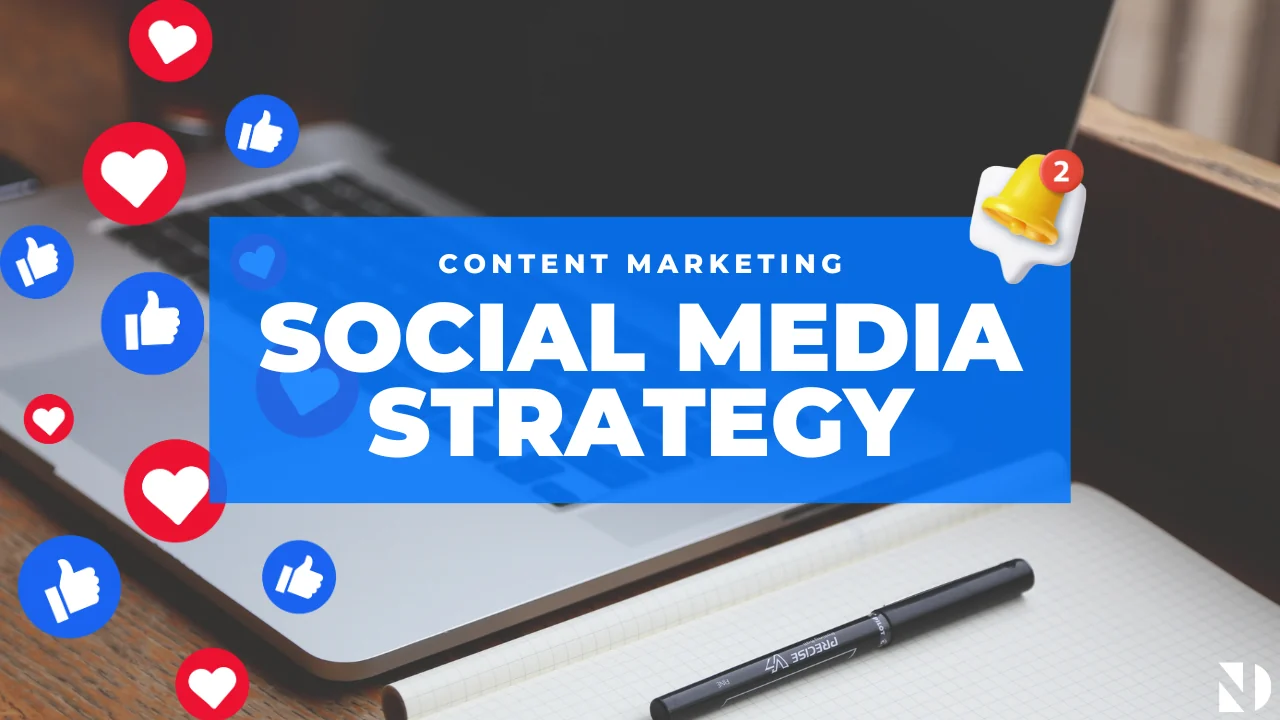
In the era of digital communication, a social media presence is essential for any business that wants to stand out in the modern digital world. Through a well-planned content strategy, businesses can enhance communication with their audience, shape their brand image, and increase their effectiveness. This article will guide you step-by-step in creating an effective social media content strategy, covering everything from defining goals and choosing the right platform to measuring performance and making improvements. Whether you're starting now or looking to improve your strategy, here you'll find valuable tips and practical guidance for success in the digital space.
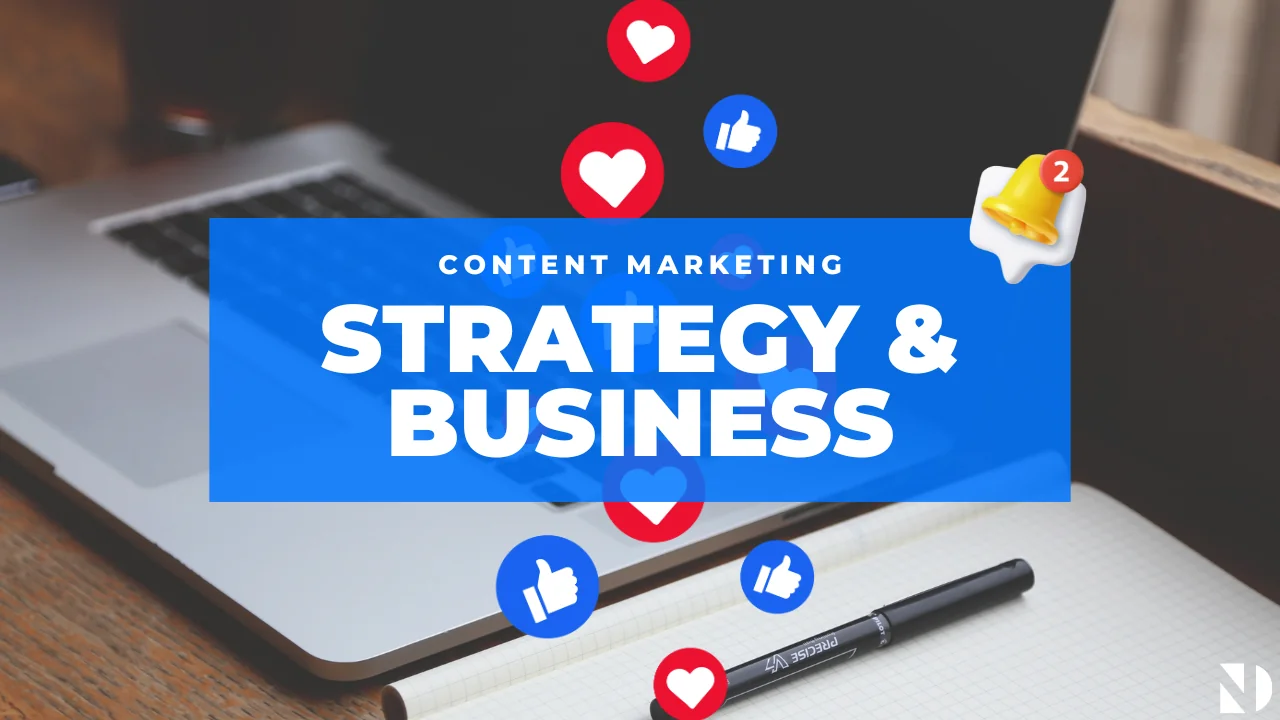
What is content strategy and what is its importance for a business on social media?
The social media content strategy determines how a business will use content to communicate with its audience. Its goal is to create an effective social media profile that reflects the company's identity, values and goals.
The need for a social media content strategy is important for many reasons:
- Communication with the Public: Through content strategy, businesses can create content that is interesting and useful to their audience, thereby improving interaction.
- Brand Image Shaping: through social media presence, businesses can shape their brand image and style, enhancing their brand awareness and credibility.
- Community building: A well-planned content strategy can create an active and engaged community around the brand, which can help increase trust and sales.
- Measuring Results: Through a content strategy, businesses can measure the performance of their social media efforts based on performance indicators and data analytics to make improvements and adjustments.
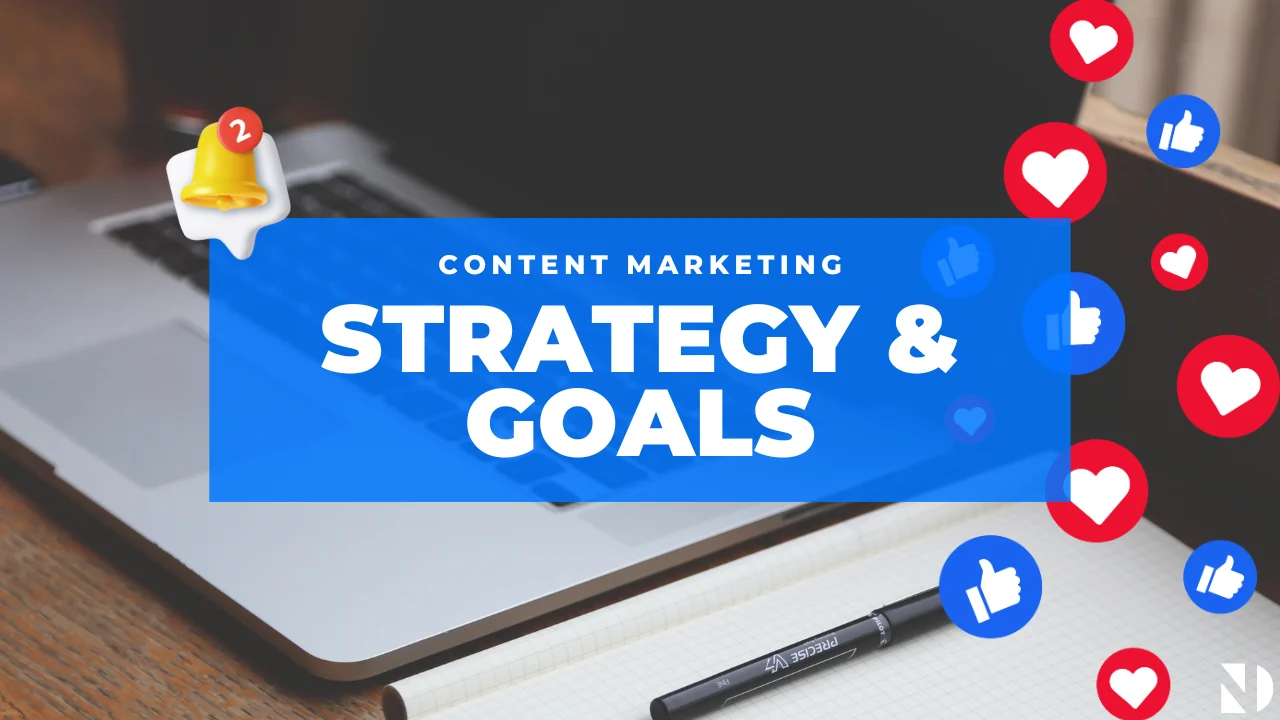
How to Set Goals for your Social Media Content Strategy
What is our audience on social media?
Identifying and understanding your audience is essential to an effective social media content strategy. By analyzing our audience's age group, interests, preferences and needs, we can tailor our content to match them. Using tools such as analytics and market research can help us better understand our audience and make our strategy more effective.
So, we can conclude that the first and most important step in creating an effective social media content strategy is understanding our audience.
SMART Objectives
To effectively set our social media goals, they must be SMART: Specific, Measurable, Achievable, Corresponding and Time-bound. Let's break down each element of SMART goals:
- Specific: Objectives must be clear and specific. Instead of saying "I want more likes," we can say "I want to increase the number of likes on my posts."
- Measurable: It's important to be able to measure our progress. A measurable goal might be to "increase the interaction rate on our posts by 20%."
- Achievable: Goals should be realistic and achievable, taking into account available resources and capabilities. Make sure that the 20% increase is something you can achieve.
- Relevant: Targets must be relevant to your overall strategy. Increasing likes should be in line with your broader business goals, such as increasing engagement and brand awareness.
- Time-specific: Goals must have a clear time frame. Set a deadline, such as "by the end of next quarter."
Analyze your competition
Competition analysis is vital to understanding the environment in which we operate. By evaluating our competition's social media activities, we can discover what works and what doesn't, and adjust our strategy accordingly.
Publication Programme Planning on social media
Planning a publishing schedule is the best way to manage your social media content. A good publishing program takes into account our SMART goals, our audience and their needs, and the activities of our competition.
We can use a publishing calendar to plan what content we will post each day, what the format will be (text, image, video, etc.) and what the publishing time will be. This way we can maintain consistency and keep our audience interested.
With our publishing schedule, we will be able to manage our content effectively and ensure it meets our goals.
Choice of social media platform
Choosing the right platform is important for the success of a strategy. We need to consider the type of content we want to publish, our audience, and the capabilities of each platform.
For example, if we have a young audience and want to post mostly images and videos, then Instagram or TikTok might be the right platform. Conversely, if we want to post more professional content, then LinkedIn is ideal.
By choosing the right platform, we can maximize the reach and effectiveness of our posts.
Set KPIs
KPIs (Key Performance Indicators) are the measurable goals we will use to evaluate the performance of our social media strategy. Depending on our goals, we can set various KPIs, such as:
- Increase the number of followers.
- Increase in the percentage of interaction (like, comment, share).
- Increase in the percentage of mentions in our posts.
- Increase in the click-through rate to our site or specific content.
- Increase in conversion (e.g. signups, sales, receiving contact, etc.).
By tracking these KPIs we can evaluate the effectiveness of our strategy and adjust our actions accordingly.
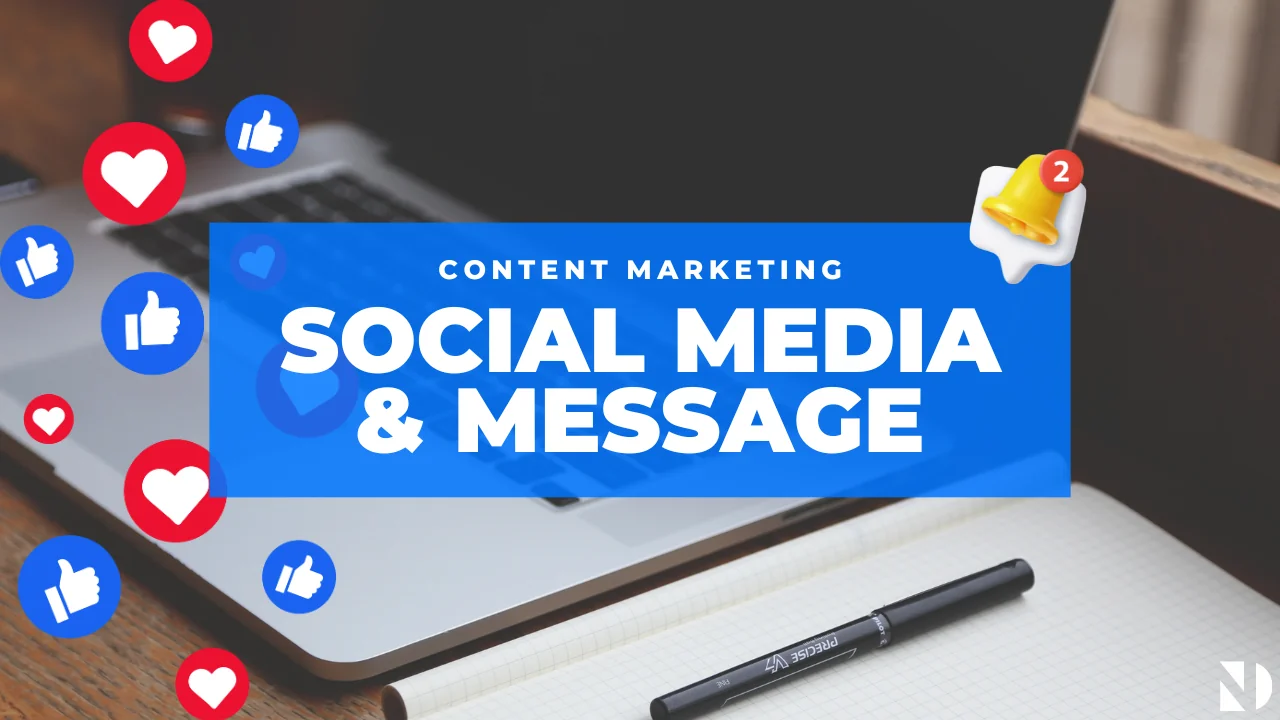
What is the main message and how will I promote it to my audience through social media?
The main message you want to project through social media depends on the goals and identity of your business. A good main message is usually short, clear, and focused on the core of your brand or business.
For example, a restaurant may have a main message of high-quality products and great customer service. Some messages might be "Delicious delight every time", or "Freshness and quality in every dish".
Now, how do you project this message to your audience through social media? There are several ways:
- Post to your feed: post content that reflects your main message, such as images or videos of your products or services that highlight the quality and experience you offer.
- Stories: use stories to share footage from your day-to-day environment that reinforces your main message.
- Ads: use ads to promote your main message to a larger audience, targeting people who are likely to be interested in your offer or service.
- Competitions and promotions: Hold contests or offer special promotions that reflect your main message, thus attracting the interest of your audience.

What are the main content topics I need to cover on social media to achieve my goals?
The main content topics you need to cover on social media depend on the nature of your business, your audience, and the goals you have set. However, some main content topics that are usually effective in achieving your goals are as follows:
- Information and Advice: Publications that provide useful information and advice relevant to your sector or your products/services. This may include "how to" guides, tips on how to use your products effectively, etc.
- Product/Service Promotion: Posts that promote your products or services, showcasing their features, benefits, and offers.
- Community Content: Posts that encourage participation and conversation from your followers, such as contests, questions, polls, etc.
- Behind the Scenes Shots: Posts that show the inside of your business, how it works, your staff, etc. This builds rapport and trusts with your followers.
- News and Updates: Posts that mention news or updates relevant to your business or industry, such as new products, services, or events.
While these are some of the main content topics, it's important to tailor your content strategy to your needs and audience for optimal results.
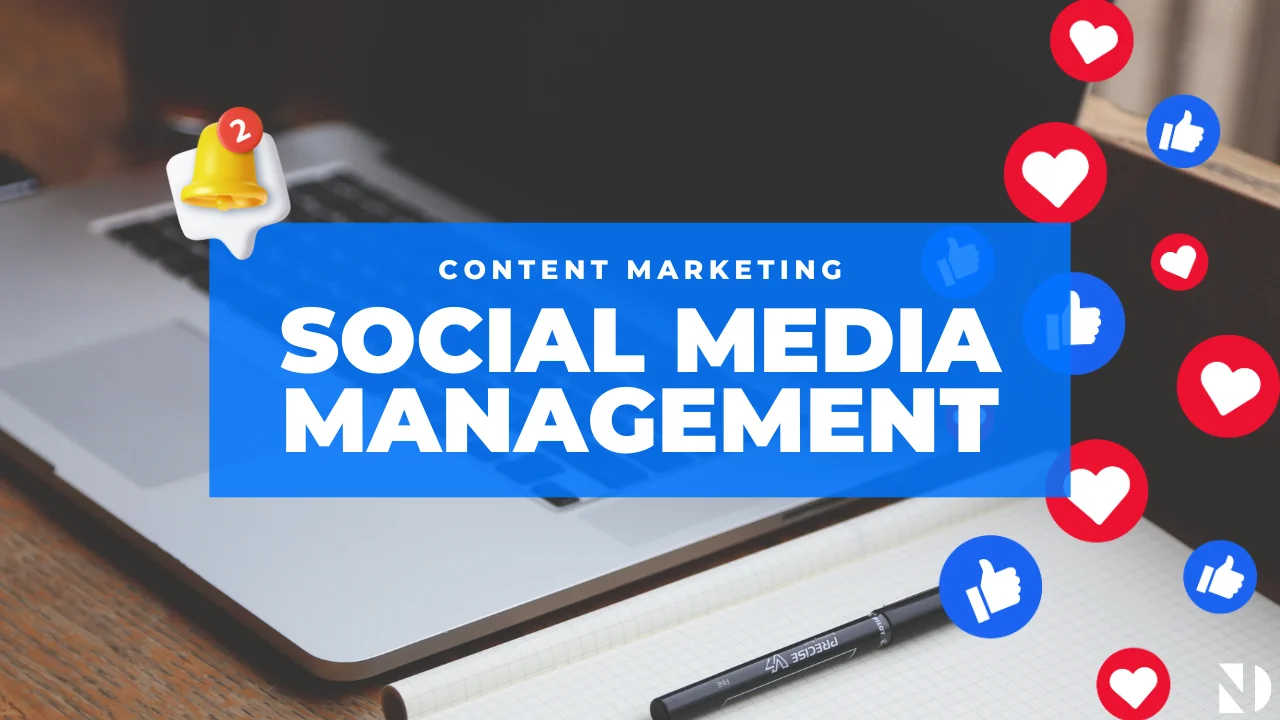
How can I manage my social media content to create consistency and connectivity?
To manage your social media content with consistency and connectivity, you can follow these steps:
- Define a content strategy: Before you start publishing, define your goals, audience, and content topics. This will ensure that your social media presence is cohesive and tied to your corporate identity and goals.
- Tailor content to your audience: Understand the needs, interests, and preferences of your audience and tailor your content accordingly. This will help you create content that will appeal to your followers and keep them interested.
- Maintain consistency in style and language: use consistent style, voice, and language across all your posts. This will help create a recognizable brand on social media.
- Track results: use data analytics tools to track the performance of your content. Evaluate the data and adjust your strategy accordingly.
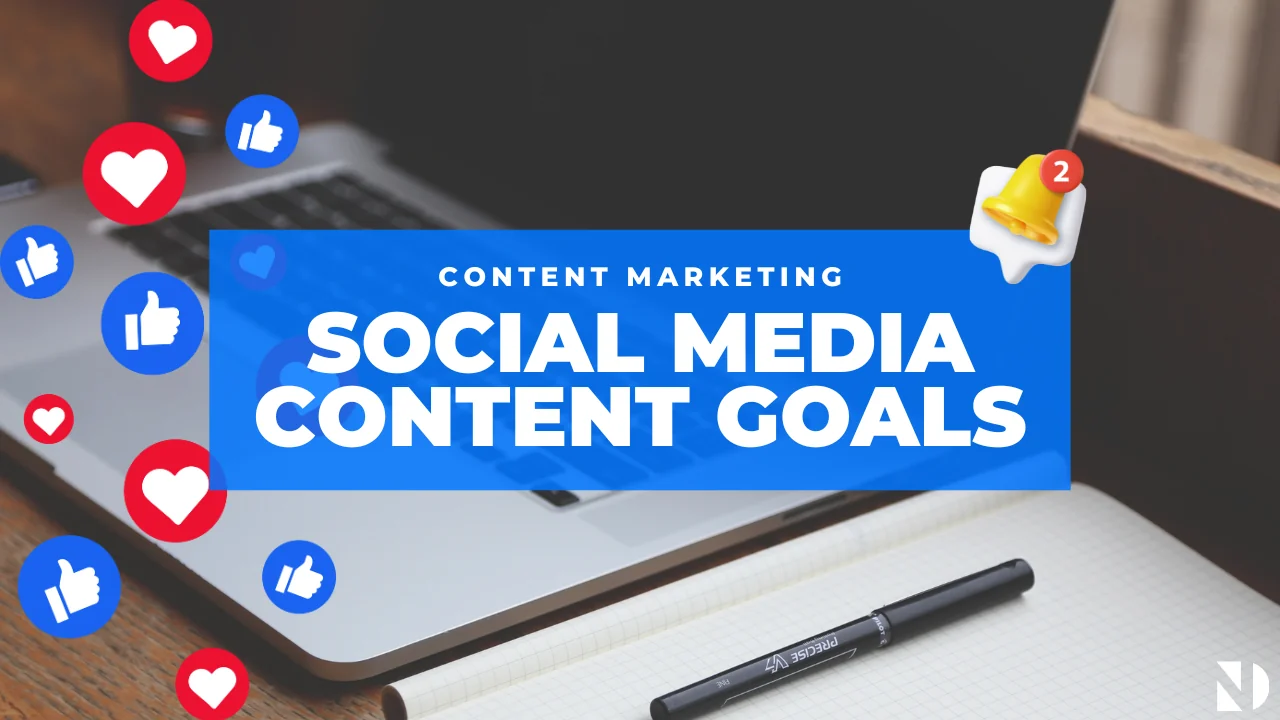
What is the goal of each piece of content I post on social media and how does it relate to my overall goals?
Any content you post on social media should contribute to your overall goals, depending on the type and nature of the content. Let's look at some examples of content goals and how they relate to the overall goals:
- Public information:
- Content Objective: Publish news, informative articles, or announcements about your business.
- Link to general objectives: Informing and encouraging the public to keep up with the latest news and developments in your field.
- Encourage and inform the public about the latest news:
- Target content: Challenging questions, polls, competitions, conversations.
- Link to general objectives: Encourage audience interaction, enhance engagement and community around the brand.
- Promote products or services:
- Target content: Posting information about products or services, promotional campaigns, and product reviews.
- Link to general objectives: Increase sales, and increase awareness of your products or services.
- Create an image and reputation:
- Target content: Create content that reflects your brand values and character, as well as posts that showcase your customers' experience.
- Link to overall objectives: Creating a positive brand image, enhancing reputation, and increasing audience trust.
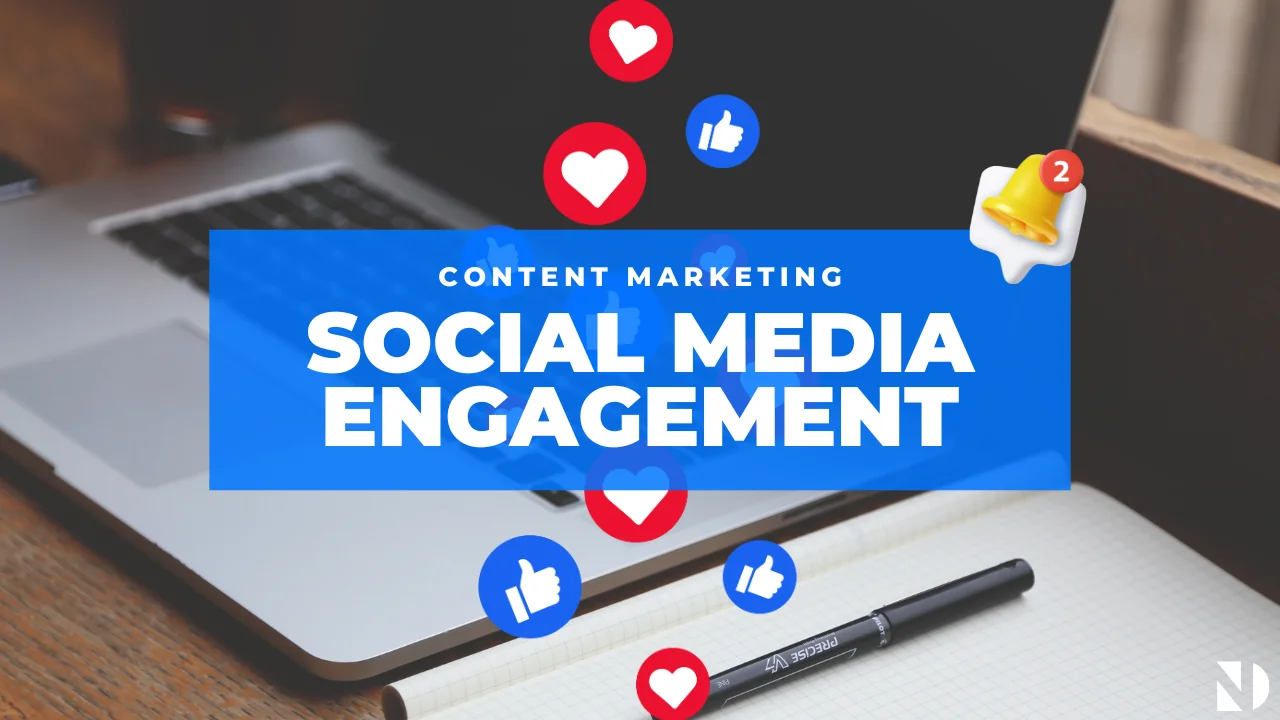
How can I create content that will encourage interaction and engagement with my audience on social media?
Content that encourages audience interaction and participation on social media is essential to boosting engagement and community. Let's look at some steps that will help you:
- Get to know your audience: Understand who your followers are, what they care about, and what topics they are interested in. This process will help you to create content that meets their needs and preferences.
- Encourage participation: invite your followers to actively participate in your posts. Post questions, conduct polls, ask for their opinions, or encourage them to share their own experiences and stories.
- Create interactive content: Use various means to encourage interactivity, such as online polls, contests, quizzes, or games.
- Respond and interact: It is important to reply to all comments and messages you receive from your followers. This shows that you value their time and encourage active participation.
- Post a variety of content: Don't limit yourself to text only. Showcase your creativity by posting images, videos, or other content that is interesting to your audience.
By implementing these strategies, you will see an increase in interaction and engagement with your audience on social media.
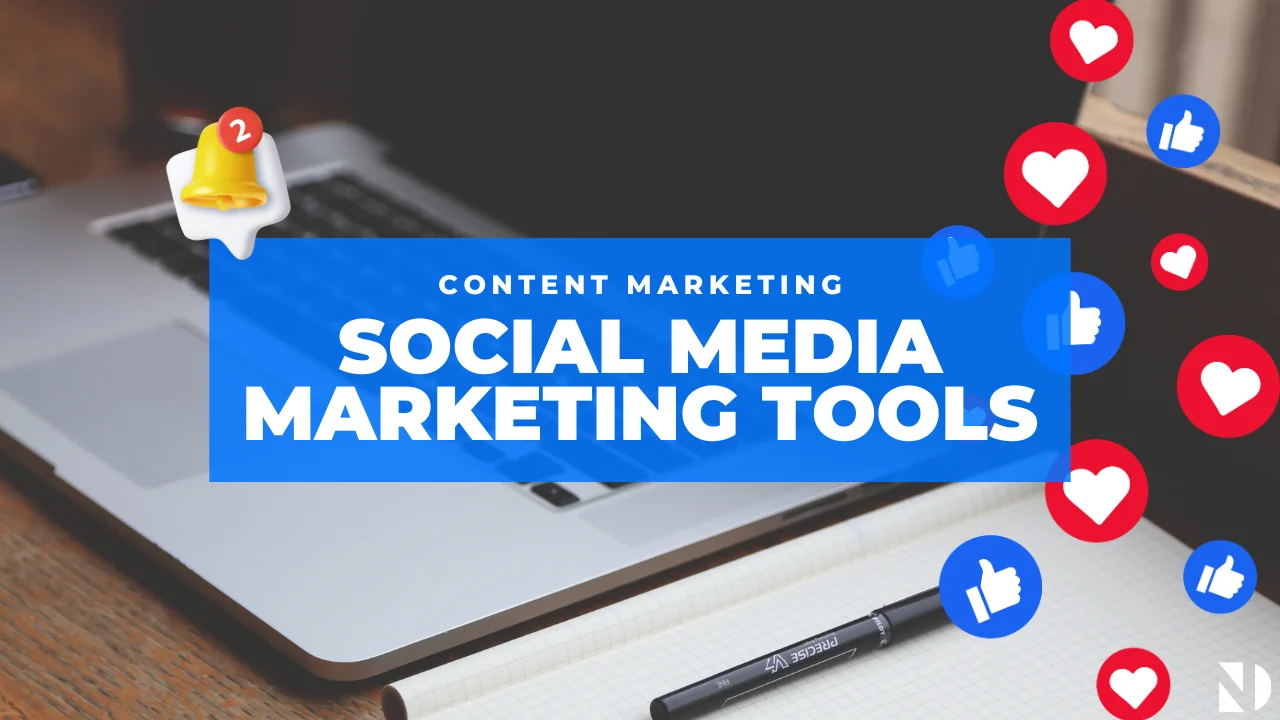
How can I use the tools and features offered by social media platforms to increase my effectiveness?
Social media platforms provide many tools and features that can help increase your effectiveness. Let's look at some ways to leverage them:
- Data analysis: use the data analysis tools offered by social media platforms (such as Facebook Insights, Twitter Analytics, etc.) to better understand your audience, their preferences, and the performance of your posts. This analysis can help you adjust your strategy and improve your results.
- Post scheduling: use the post scheduling features provided by many platforms (such as Facebook Creator Studio, Hootsuite, Buffer, etc.) to schedule your posts in advance. This allows you to maintain a solid social media presence even when you are not available to post.
- Ads: use the advertising capabilities offered by social media platforms (such as Meta Ads, TikTok Ads, etc.) to reach new audiences and increase your brand awareness and visibility.
- Create communities: use the group or community features offered by the platforms (such as Facebook Groups, LinkedIn Groups, etc.) to create active communities around your brand or products. This can give your followers a space where they can share opinions, experiences, and ideas, thus enhancing interaction and engagement.
- Use of live video: Take advantage of the live video functionality offered by many platforms (such as Facebook Live, Instagram Live, Twitter Live, etc.) to connect more directly with your audience, answer questions, or share special content.
- Leverage stories: stories provide a flexible and temporary form of content that can be used to share snapshots of your daily life, behind-the-scenes, special offers, and other personal content of interest to your followers.
- Partnerships with professional influencers: explore the possibility of partnerships with professional influencers who represent your industry and have a large number of followers on social media. These partnerships can help expand your brand's reach and increase audience interaction.
Read More: 8+4 Free Digital Marketing Tools
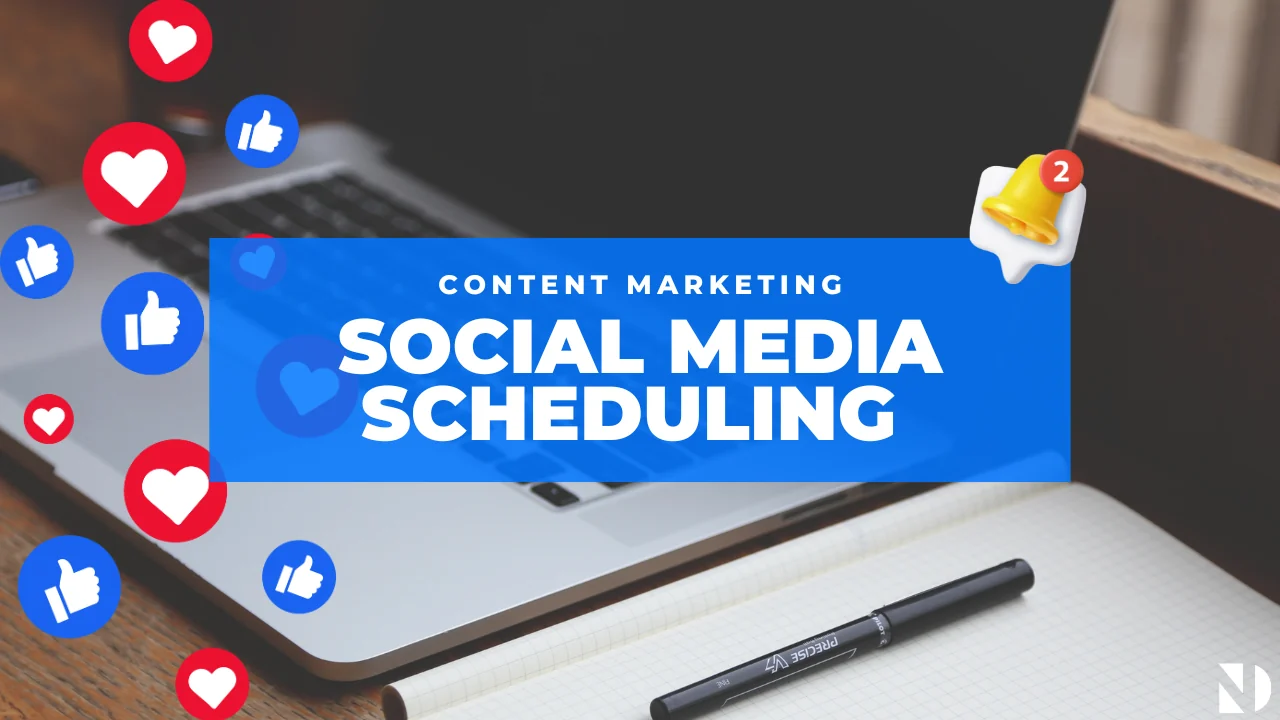
What is the frequency and timing I should follow for publishing content on social media?
Scheduling social media posts depends on many factors, including the type of audience you have, the platforms you use, your brand needs, and the time available. However, some general guiding principles can help you decide the frequency and timing of posts:
- Post frequency: set a consistent posting frequency that is convenient for your audience and the needs of your brand. This can be daily, weekly, or even every two or three days.
- Data: Rely on analytics data to figure out what frequency works best for your audience and which posts generate the most response.
- Timing: consider the best publishing times for your audience and the platforms you use. For example, work hours may be best for professional content, while afternoons or evenings may be best for entertainment content.
- Tools: use analytics and scheduling tools to schedule your posts for appropriate times, even when you are not available to manually post.
It is important to adjust the frequency and timing of your posts based on the needs and characteristics of your audience, as well as the analytics and data you gather from social media platforms.

How do I measure the performance of my social media content strategy and how do I make improvements?
Measuring the performance of your social media content strategy is critical for evaluating your effectiveness and driving improvements. Here are a few ways to measure performance and improve your content strategy:
- Measure key performance indicators (KPIs): define and track key performance indicators (KPIs) related to your overall goals, such as number of followers, active interactions (likes, comments, shares), increasing brand awareness, etc.
- Data Analysis: Use analytics tools such as Facebook Insights, Linkedin Analytics, and Google Analytics to evaluate the performance of your posts, audience behavior, and trends.
- Audience Response: Take into account your audience's reactions and feedback. Analyze their reactions and feedback to understand the effectiveness of your content and adjust your strategy accordingly.
- Competitive Assessment: Study the social media activities of your competitors. Compare their performance with yours and extract data for possible improvements.
- Continuous Adaptation: Based on data analysis and audience response, continuously adjust your strategy. Try experimenting with different types of content and publishing times to see what works best.
By consistently measuring, analyzing, and adjusting, you can continually improve the performance of your social media content strategy and achieve better results.
At Net 'n' Design Creative Agency, we believe in the power of creativity and innovation to create a unique digital presence for your business. We're here to help you reach your goals through customized solutions and innovative strategies. Contact us today to begin your journey into the digital world. We look forward to working with you and bringing your ideas to reality!


